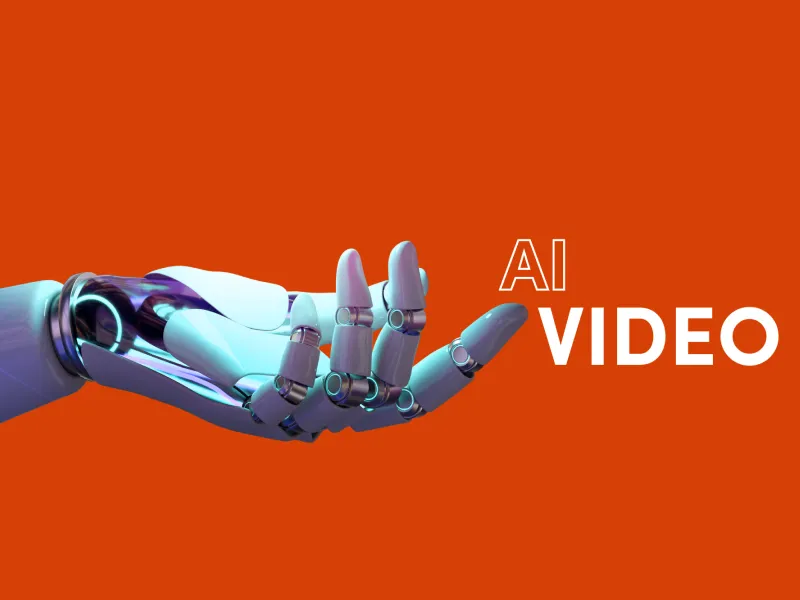
Creating high-quality videos used to demand time, money, and technical expertise. Traditional video editing tools come with steep learning curves, and hiring professionals can burden your budget significantly.
Enter Luma AI's Dream Machine and OpenAI's Sora, two revolutionary AI-powered video generation platforms simplifying and democratizing the process of video creation. Whether you’re a content creator, marketer, or entrepreneur, these tools promise to transform ideas into visually stunning content with minimal effort.
But which platform comes out on top? We’ve rigorously tested both tools to uncover their strengths, weaknesses, and use cases.
Luma AI focuses on turning existing photos and videos into 3D masterpieces, offering immersive and interactive visuals ideal for virtual tours, product showcases, and more.
On the other hand, Sora AI is built on OpenAI technology to create dynamic videos from simple text prompts. Its versatility serves content creators, marketers, and storytellers looking to generate creative content from scratch effortlessly.
Luma AI empowers users to transform photos and videos into 3D experiences with unmatched ease. Whether it’s making a vacation snapshot come alive in full 360° or creating a 3D product view for your business, Luma makes it possible.
Luma AI uses advanced neural networks to recreate textures, lighting, and depth with impressive accuracy. Bring your images to life like never before.
Say goodbye to long render times! Create immersive 3D scenes in minutes.
No technical expertise? No problem. Luma is designed to be intuitive, even for users who are new to 3D modeling.
Pricing Options:
Sora AI takes things further by turning text into captivating videos with accompanying visuals and music. Think of it as your one-stop creative assistant, capable of producing fully original content.
Generate professional videos in minutes without any prior experience.
From photorealistic to artistic, Sora offers a plethora of visual aesthetics.
Use detailed text prompts and adjustable settings like angles and lighting to craft exactly what you envision.
Pricing & Access:
Sora AI is currently in closed beta, with pricing details to be announced. Stay tuned!
Here’s a side-by-side comparison of key features offered by Luma and Sora AI.
Picking the best platform depends on your specific needs. Consider the following factors:
Both Luma AI and Sora AI serve unique purposes within the AI video generation landscape.
Choose Luma AI If:
Choose Sora AI If:
Based on our in-depth testing, Luma AI currently offers a more complete and accessible solution for most users. Its intuitive workflow and affordable pricing make it an excellent starting point for leveraging AI in video creation.
However, Sora AI shows immense potential, particularly for creating original content. Once it leaves closed beta, it could become a game-changer in the industry.
Discover the tools that fit your creative vision and business goals, and start turning your ideas into incredible visuals today!